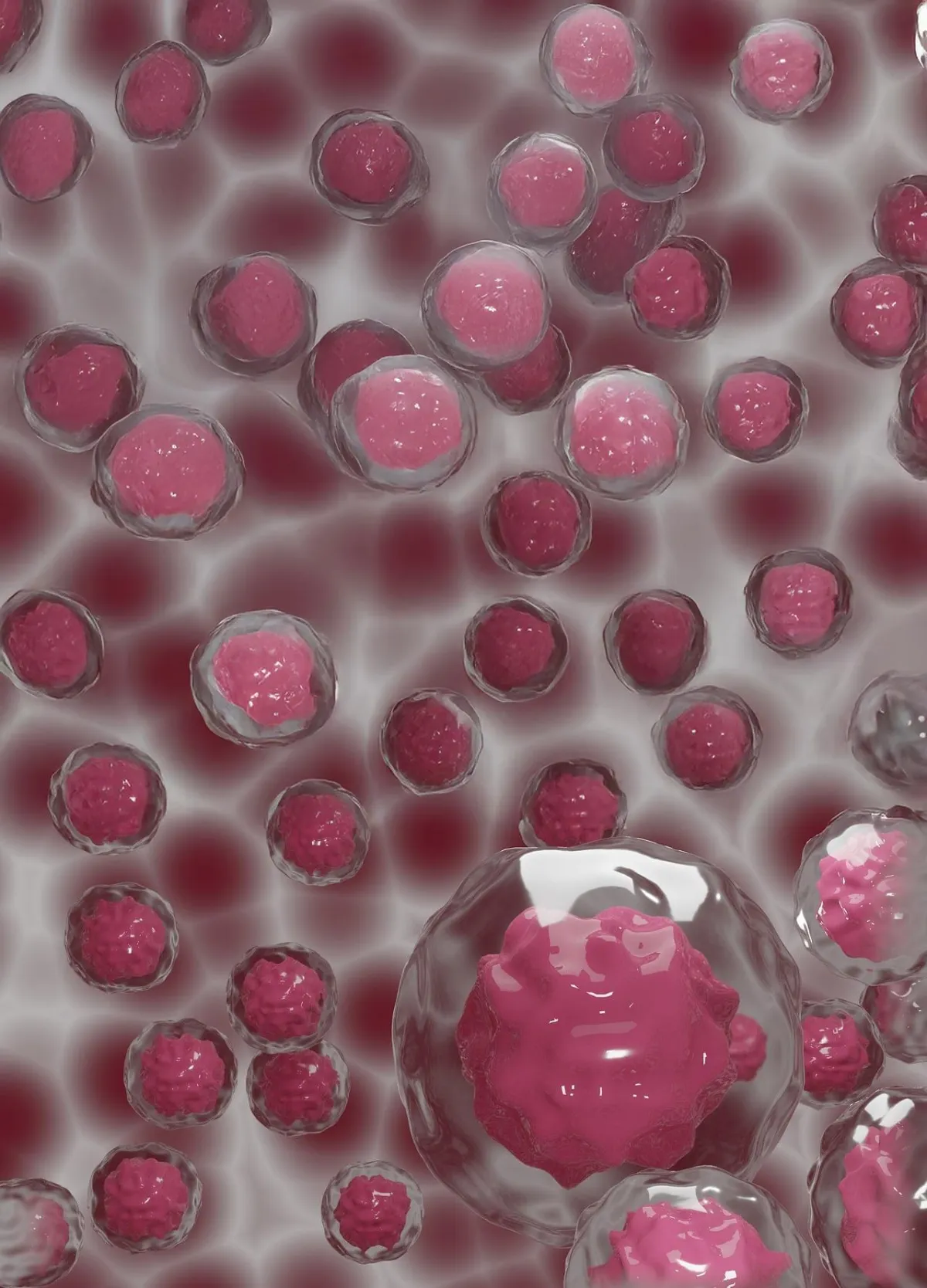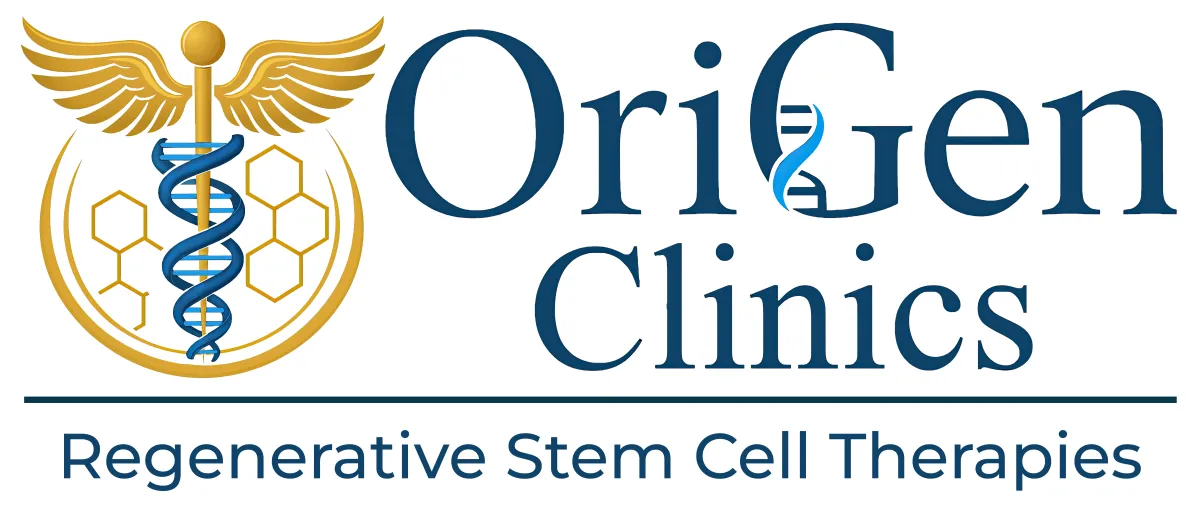History of Stem Cell Discovery
Stem cells may feel like a new discovery to the general public, but in reality, their history stretches back more than half a century. The first major milestone came in the 1960s, when scientists in Canada discovered hematopoietic stem cells—specialized cells in bone marrow responsible for producing all types of blood cells. This discovery fundamentally shifted the scientific understanding of how the body regenerates itself and laid the foundation for the field of regenerative medicine.
In the decades that followed, research advanced rapidly. By the 1980s, scientists had isolated stem cells from both embryos and adult tissues, revealing that the human body retains powerful regenerative capabilities even long after development. As we explored these capabilities, we began to see real-world potential: stem cells showed promise in helping people with joint pain, sports injuries, and limited range of motion.
The 1990s saw an explosion of interest and funding, with laboratories around the world investigating how stem cells might regenerate tissue and support recovery from conditions like arthritis, repetitive strain injuries, and even nerve damage.
As the science evolved, so did its reach. Clinical applications expanded beyond orthopedic uses, showing potential in treating chronic inflammation and persistent pain, as well as aiding in the repair of tendon and ligament injuries.
More recently, regenerative therapy has shown promise in aesthetic and wellness applications. Stem cells are now being explored as powerful tools in areas like hair restoration, skin rejuvenation, and sexual wellness.
From Clinical Trials to Clinical Practice
Clinical trials began emerging in the early 2000s. Stem cells were tested in orthopedic applications, autoimmune disorders, cardiovascular diseases, and more. Unlike pharmaceutical interventions, which often manage symptoms, stem cells opened the door to something different: the body healing itself from the inside out.
While the media focused on controversies surrounding embryonic sources, many researchers turned their attention to adult-derived cells—particularly mesenchymal stem cells (MSCs)—which offered remarkable healing potential without ethical concerns.
Today, the global medical community recognizes stem cells as one of the most important biological tools in modern medicine. Prestigious institutions, including the Mayo Clinic and NIH, have published thousands of peer-reviewed studies demonstrating their safety and efficacy in targeted applications. Advances in harvesting, processing, and delivering these cells have made stem cell therapy safer, more consistent, and more accessible than ever before. What was once limited to research labs is now available to patients in a regulated clinical setting.

At OriGen Clinics, we stand on the shoulders of that science. We don’t sell shortcuts or “miracle cures”—we provide access to the real, measurable benefits of regenerative therapy backed by decades of data and medical advancement. Understanding the long road stem cell science has traveled builds confidence in where it’s going next. And when guided by the right medical team, that path could lead to healing that’s not just possible—but personal.
COMPANY
CUSTOMER CARE
LEGAL

497 North Main Street, Suite D, Kaysville UT 84037
© Copyright 2025. OriGen Clinics. All Rights Reserved.









